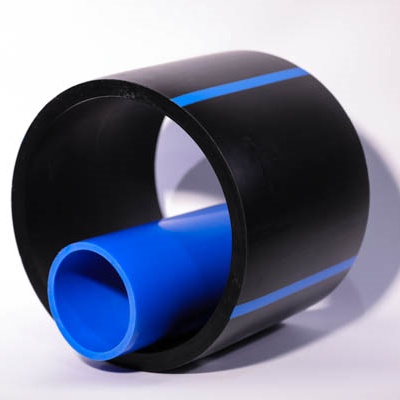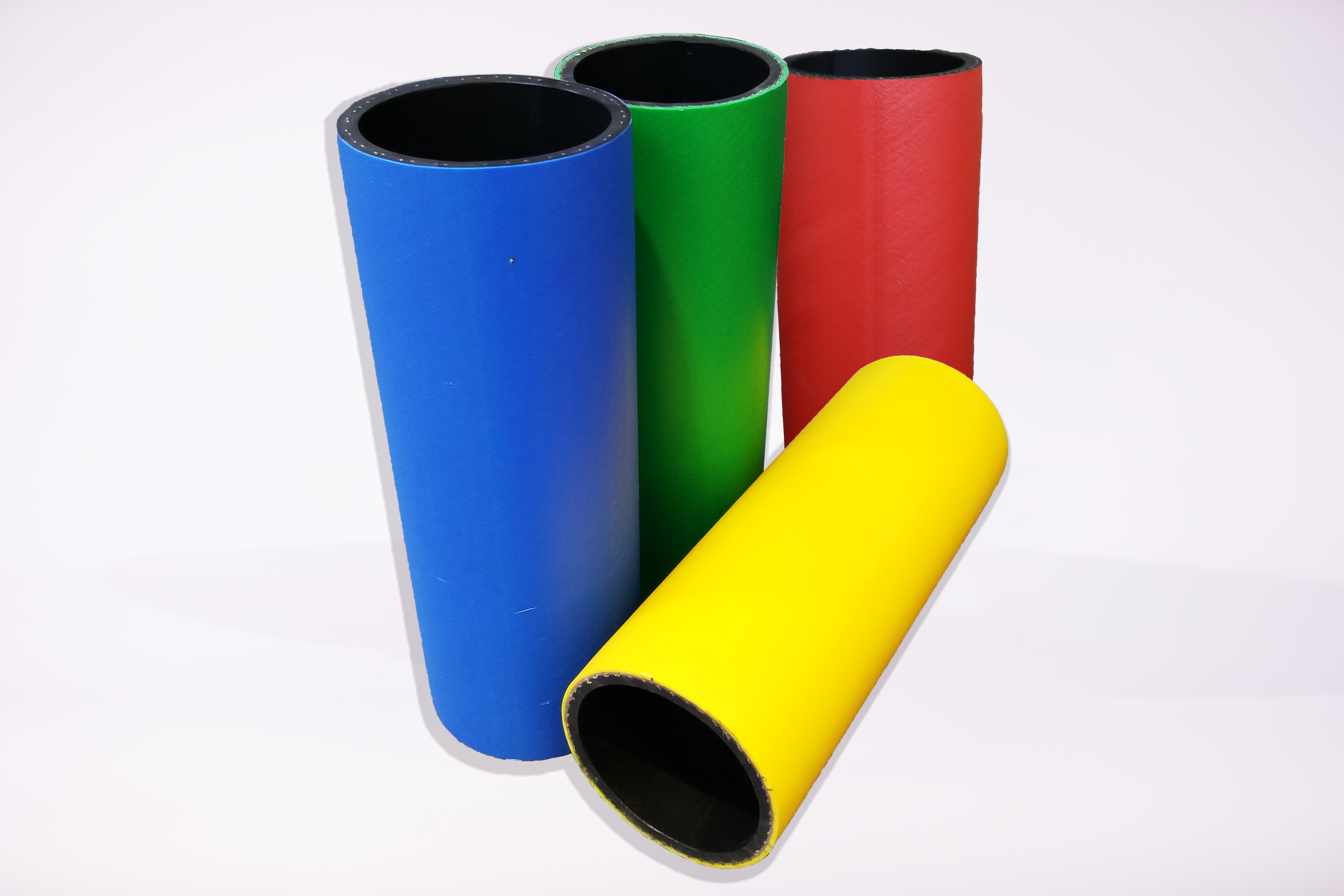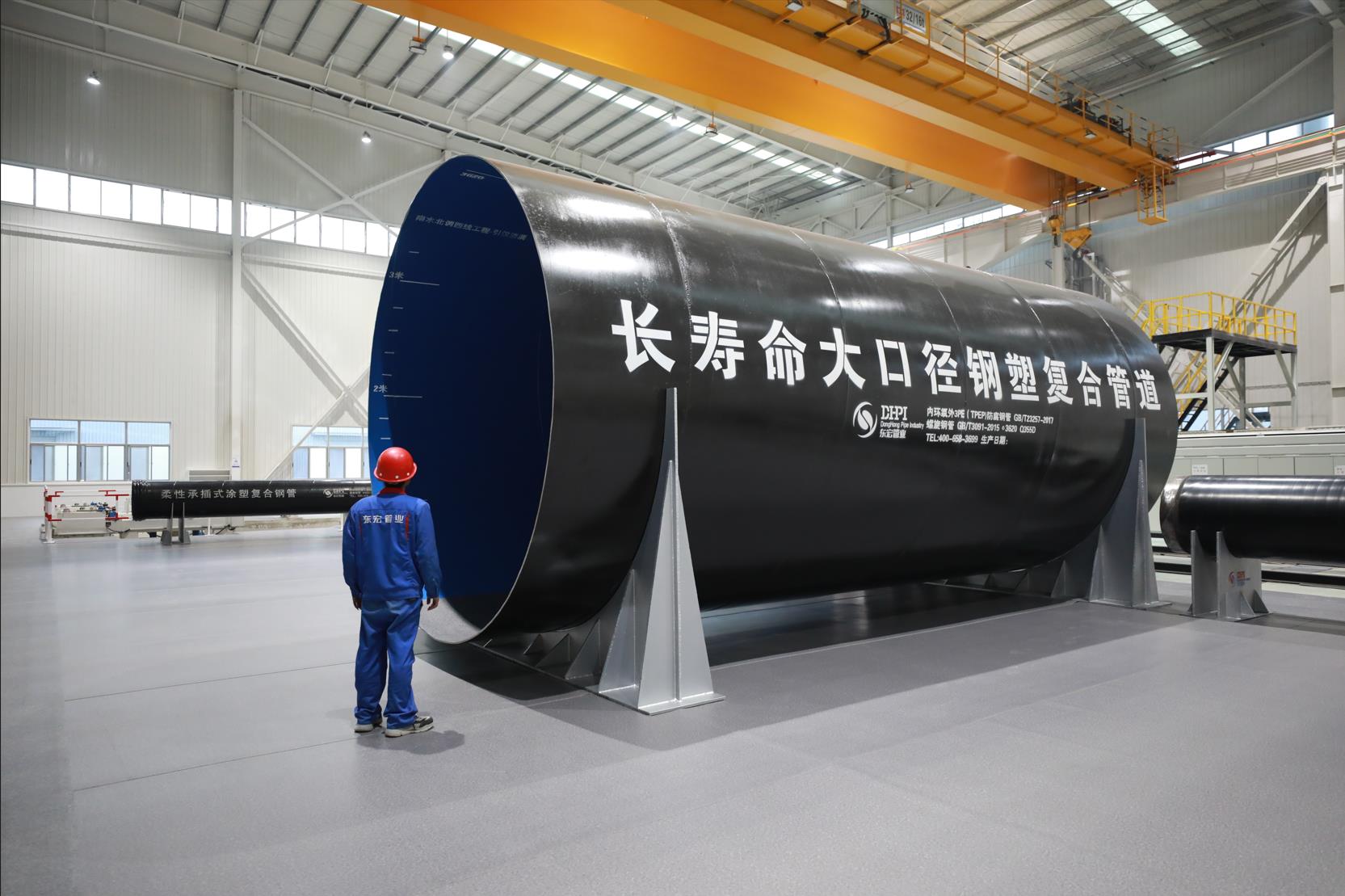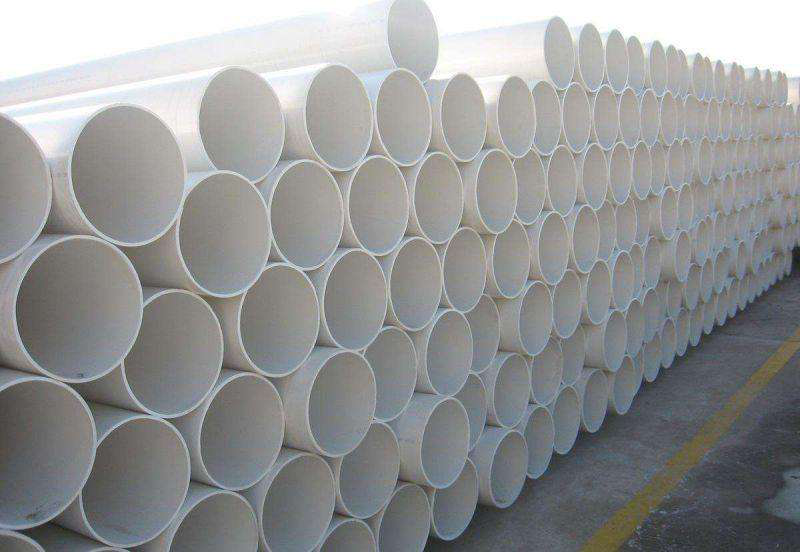
Polyethylene pipes are single-layer solid-wall pipes, produced using special pipe-grade high-density polyethylene resin as the main raw material. The raw materials have passed the strict classification test of GB/T 18252, and the hygienic performance complies with GB/T 17219 and worldwide system certification requirements.
Share:
Product Performance
Polyethylene pipe materials have long-term heat resistance stability in contact with each other. According to the international ISO9080 test, the service life of the pipe is extrapolated to more than 50 years under normal operating pressure of 20℃.
Excellent hygienic performance:
No heavy metal salt stabilizers are added in the processing of polyethylene pipes. The material is non-toxic, has no scaling layer, and does not breed bacteria, which can better solve the secondary pollution of urban drinking water. It complies with the GB/T17219 safety performance evaluation standards and the relevant health and safety evaluation regulations of the Ministry of Health.
Good chemical resistance:
Polyethylene pipes are resistant to corrosion by a variety of chemical media, and chemicals present in the soil will not cause any degradation to the pipes. Polyethylene is an electrical insulator, so it will not cause electrochemical corrosion; in addition, polyethylene pipes are not prone to breeding algae, fungi and other harmful organisms.
Good low temperature impact resistance:
Polyethylene pipes have extremely low low-temperature embrittlement resistance and can be used safely in the temperature range of -60-40°C. During winter construction, pipe embrittlement will not occur because the material has good low temperature resistance and impact resistance.
Aging resistance:
Polyethylene pipes containing a uniformly distributed carbon black content of 2-2.5% can be stored outdoors or used for 50 years without being damaged by UV radiation.
Good flexibility:
The flexibility of polyethylene pipes makes them easy to bend. In engineering, obstacles can be bypassed by changing the direction of the pipes. In many cases, the flexibility of the pipes can reduce the amount of pipe fittings and installation costs.
Small flow resistance:
Polyethylene pipe has a smooth inner surface and a Manning coefficient of 0.009. The smooth surface and non-adhesive properties ensure that polyethylene pipes have a higher transportation capacity than traditional pipes, while also reducing the pressure loss and water transportation energy consumption of the pipeline.
Easy to transport:
Polyethylene pipes are lighter than concrete pipes, galvanized pipes and steel pipes, and are easier to transport and install. Lower manpower and equipment requirements mean that the installation cost of the project is greatly reduced.
A variety of new construction methods:
Polyethylene pipes have a variety of construction technologies. In addition to traditional excavation methods, they can also be constructed using a variety of new trenchless technologies such as pipe jacking, directional drilling, lining pipes, cracked pipes, etc. This is the only option for some places where excavation is not allowed, so polyethylene pipes have a wider range of applications.
Reliable connection:
Polyethylene pipe systems are connected by hot-melt butt joints, and the strength of the joints is higher than the strength of the pipe itself.
MESSAGE
Get the Latest Price Now
Products Recommended
Contact With Us








